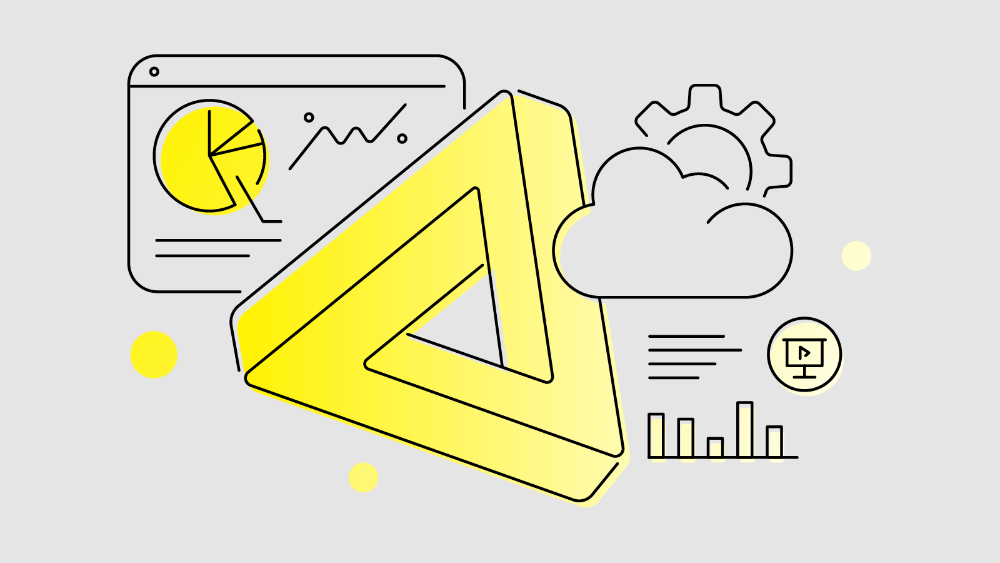
More and more companies are tailoring their employee experience using advanced technologies such as Artificial Intelligence (AI).
In today’s challenging environment, employers are seeking to strike the right balance between managing the bottom line and engaging a high-performing workforce. Still grappling with inflation and economic uncertainty, companies are confronting trends like quiet quitting and loud leaving. There’s also the newfound ease with which talented workers can choose from a vast array of jobs thanks to the still-widespread availability of remote positions – despite the ongoing debate over work-from-home versus work-from-office.
Against this backdrop, wellbeing – an essential component of the employee experience – is emerging as one of the smartest investments employers can make. According to research from The Josh Bersin Company, organizations that leverage the right wellbeing strategies are more than twice as likely to outperform their peers financially, more than five times as likely to have lower annual healthcare claim costs and do three times better at engaging and retaining their employees. In addition, every dollar spent on holistic wellbeing (emotional, physical, social and financial) results in up to a $5 return for every $1 invested.
A culture of wellbeing has also been shown to yield a significant impact on the value of company stock. In a study published by the Journal of Occupational and Environmental Medicine, a group of researchers set out to explore the link between companies investing in health and wellbeing programs and stock market performance. Over a 14-year period, they measured the stock performance of C. Everett Koop National Health Award winners compared with the average performance of companies comprising the Standard and Poor’s (S&P) 500 Index. The stock values of the Koop Award winners appreciated by 325 percent compared to the average market appreciation of 105 percent.
Committed to the employee experience
Employers stand to gain a great deal from implementing well-thought-out, holistic employee experience strategies, yet just half of U.S. workers feel positive about their overall wellbeing, according to the 2023 Alight International Workforce and Wellbeing Mindset Study. While this finding is disappointing, it means there is plenty of opportunity for employers to step up and demonstrate their commitment to their people by investing in programs and resources to support employees and their family members in reaching their wellbeing goals.
During the pandemic, companies increased their budget for wellbeing programs substantially, up 22% from 2020 to 2021, with the average budget per employee reaching $238. In the aftermath of that unparalleled time, there was hope that employers would continue providing caring, flexible and healthy environments leading to an employee experience renaissance and an improved sense of job satisfaction. As COVID fears were replaced by recessionary fears, however, 40% of businesses either cut their wellbeing budgets or left them unchanged, despite growing pressures on their people at work and at home.

With just over one-quarter (28%) of U.S. employees rating their experience as this is clearly not the time to slash budgets. To survive in this environment, employers will need to be laser-focused on attracting and retaining their best talent—even as they are under immense pressure to trim the workforce. I’m not suggesting companies vastly increase their employee experience budgets. Many employers already offer 50 or more wellbeing point solutions. Increasing the number of programs just overwhelms and confuses employees. As a result, most benefit programs achieve less than 3% utilization, leaving organizations frustrated by the dollars wasted and workers feeling like their employer doesn’t care about them. Improving program utilization goes a long way not only in helping employees and their families improve their wellbeing, but also in achieving value for the organization.
The power of AI
Increasingly, organizations are tapping into powerful technologies like AI to deliver highly visible, personalized employee experience programs and support through the employee’s preferred channels. Through automated decision support and recommendation engines, AI nudges people toward the best and most cost-effective outcomes.
Consider the mom whose son injures his knee in an out-of-town soccer match. Unfamiliar with local providers, she likely will take him to the emergency room where costs add up fast–and it may not even be the health care setting best suited to his injury.
Now, consider this alternate scenario. Same mom, same kid, same injury. However, this time, she pulls out her smartphone and accesses her employer’s AI-driven mobile wellbeing app. Within minutes, she is directed to a nearby immediate care clinic run by a leading orthopedic practice. Her son is seen quickly and given appropriate treatment for his injury. The cost is drastically lower and, more important, he receives the specialized care he needs, which ensures a better outcome for the young athlete.


Today’s employers are up against the wall with a new reality and a new way of doing business, but the same, if not greater, pressures to deliver the bottom line and shareholder value. For companies striving to keep spending in check in an uncertain economic environment, wellbeing may seem like just another discretionary expenditure. However, the employee experience directly influences not only their performance, but also the health and returns of the company. Leaders who view the current macro environmental challenges as opportunities and take the initiative to focus on the employee experience will not only create an environment where their people can thrive but will also reduce costs and improve their bottom line. By utilizing AI-driven technology to personalize the experience, employers can maximize their wellbeing investments, improve outcomes and deliver a positive employee experience.


